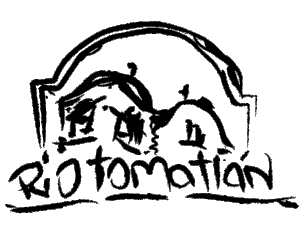Our annual fiesta celebrating Dia de los Muertos and honoring the life and memory of our family members. This year we will be featuring the ladies of Sirens and Stilettos Cabaret, as the main entertainment for the evening, with the talented band Fakaui performing before the show starts. Fakaui begins at 8:30pm with the ladies of Sirens & Stilettos going on stage at 10:30pm.
Our ofrenda remembering those who have gone before us will be set up prior to the holiday. We invite you to add your memorabilia to the altar. Bring photos, tokens, pan de muerto, sugar skull, or anything else that reminds you of your loved ones.
We encourage you to dress in your best, authentic, Dia de los Muertos costume. Use the link below to purchase your event ticket ahead of time.
A little history on Dia de los Muertos.
Assured that the dead would be insulted by mourning or sadness, Dia de los Muertos celebrates the lives of the deceased with food, drink, parties, and activities the dead enjoyed in life. Dia de los Muertos recognizes death as a natural part of the human experience, a continuum with birth, childhood, and growing up to become a contributing member of the community. On Dia de los Muertos, the dead are also a part of the community, awakened from their eternal sleep to share celebrations with their loved ones.
To honor their dead, each family creates an "offend," or altar. They are decorated with candles, buckets of flowers (wild marigolds called cempasuchil & bright red cock's combs) mounds of fruit, peanuts, plates of turkey mole, stacks of tortillas and big Day-of-the-Dead breads called pan de muerto. The altar needs to have lots of food, bottles of soda, hot cocoa and water for the weary spirits. Toys and candies are left for the angelitos, and on Nov. 2, cigarettes and shots of mezcal are offered to the adult spirits. Little folk art skeletons and sugar skulls, purchased at open-air markets, provide the final touches.
The tradition of Sugar Skulls.
Mexico, abundant in sugar production and too poor to buy fancy imported European church decorations, learned quickly from the friars how to make sugar art for their religious festivals. Clay molded sugar figures of angels, sheep and sugar skulls go back to the Colonial Period 18th century. Sugar skulls represented a departed soul, had the name written on the forehead and was placed on the home ofrenda or gravestone to honor the return of a particular spirit. Sugar skull art reflects the folk art style of big happy smiles, colorful icing and sparkly tin and glittery adornments. Sugar skulls are labor intensive and made in very small batches in the homes of sugar skull makers. These wonderful artisans are disappearing as fabricated and imported candy skulls take their place.

